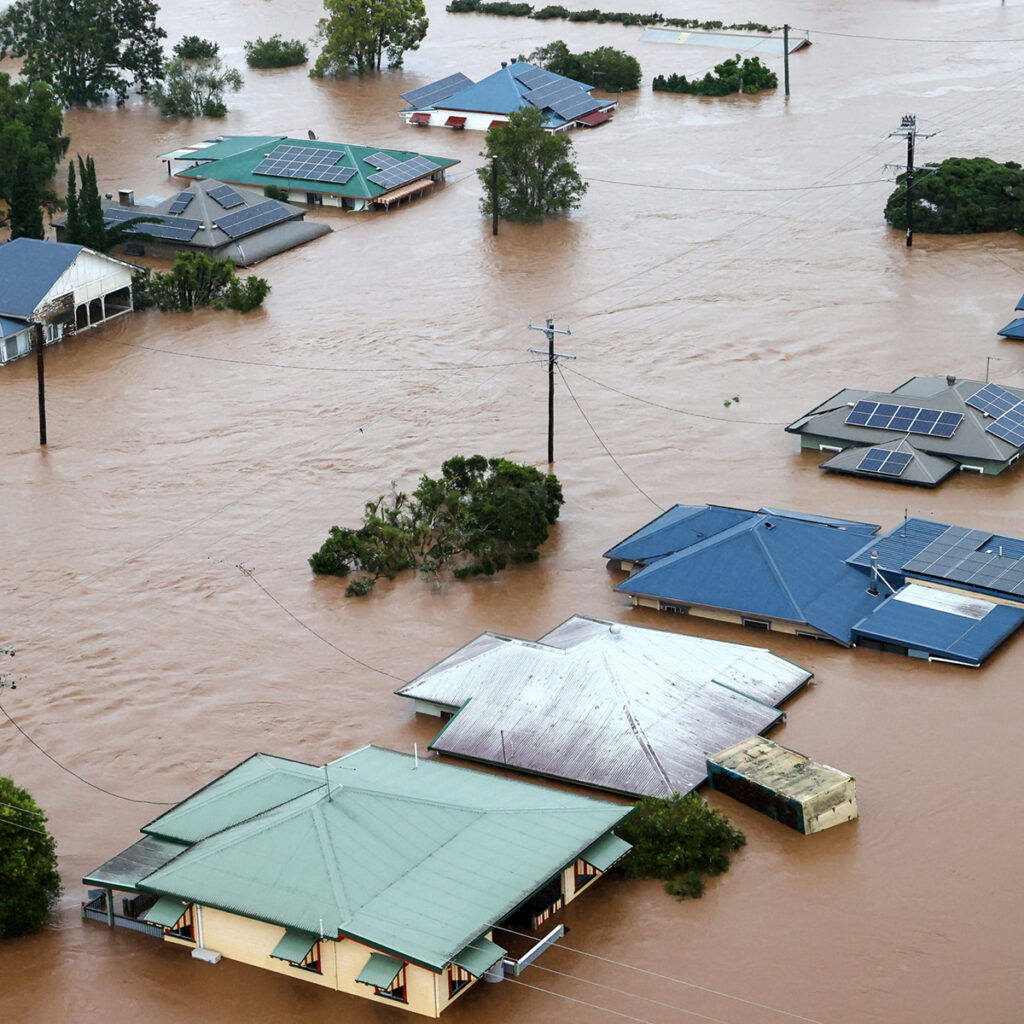It’s not only Doomsday Preppers and recluses who are taking their energy supply into their own hands.
Today the Total Environment Centre (TEC) announced the publication of a new report on autonomous energy resilience.
“This year’s multiple catastrophic east coast floods reinforced what we learned in the bushfires of 2019-20,” explained Mark Byrne, TEC’s Energy Market Advocate. “When all hell breaks loose, we can’t always wait for the ‘cavalry’—emergency services—to save us straight away.”
With funding from Energy Consumers Australia, TEC engaged Dr Glenn Platt, former head of the CSIRO Energy Centre and now Executive Director—Strategy and Innovation at Emergent Group.
His brief was to advise on what households, small businesses and communities can do themselves to improve their energy resilience—independent of networks, regulators and governments—in the context of more frequent, intense, prolonged and destructive weather events.
“That’s what we call ‘autonomous resilience’, or self-sufficiency,” explained Mark Byrne. “People often think that means going totally off the grid, either at great expense or by doing without a lot of normal comforts like air conditioning and space heating.”
“However, Dr Platt’s report discusses a range of other options. At the expensive end of the spectrum that might include buying an electric car which can use its battery to power appliances in a blackout.”
“But some of the most useful advice is extremely cheap, like buying a wind-up radio which has a small battery that can help to charge your phone. That can keep you in touch with the outside world, which can be a lifesaver when the grid goes down and a bushfire or flood is heading your way.”
“It’s also important to plan long-term and think about reducing your overall energy consumption, where you can do that without compromising your safety or comfort. This makes the prospect of a prolonged outage easier to manage.”
According to Dr Platt, “As climate change causes more severe weather events like heatwaves, severe storms, ‘rain bombs’, floods and bushfires, it’s important that we don’t only improve disaster management by investing more in electricity infrastructure like standalone power systems and microgrids.”
“However, we also want to encourage communities and individual households and businesses to think about what they can do to help themselves. Our report discusses the pros and cons of a wide range of options which can increase the comfort and safety of people during long outages.”
Read the full report Autonomous Resilience.
TEC has produced an infographic summarising and giving examples of the report’s recommendations.
This text was originally published as a media release by the Total Environment Centre, 14 July 2022
